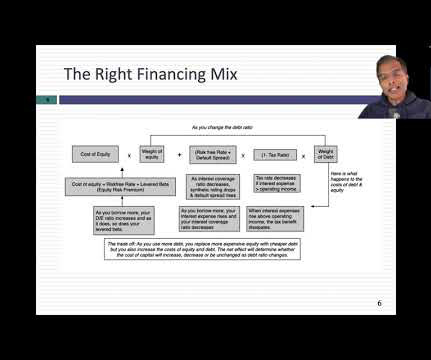Discount Rate—Explanation, Definition and Examples
Valutico
FEBRUARY 27, 2024
For central banks like the Federal Reserve, it helps control the economy. They set this rate to affect how much money moves through banks and influences short-term interest rates. Different types of discount rates such as risk-free rate, cost of equity, or cost of debt, are used contextually in financial analysis.




















Let's personalize your content